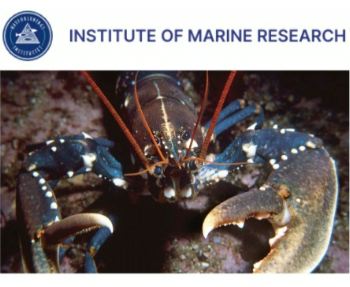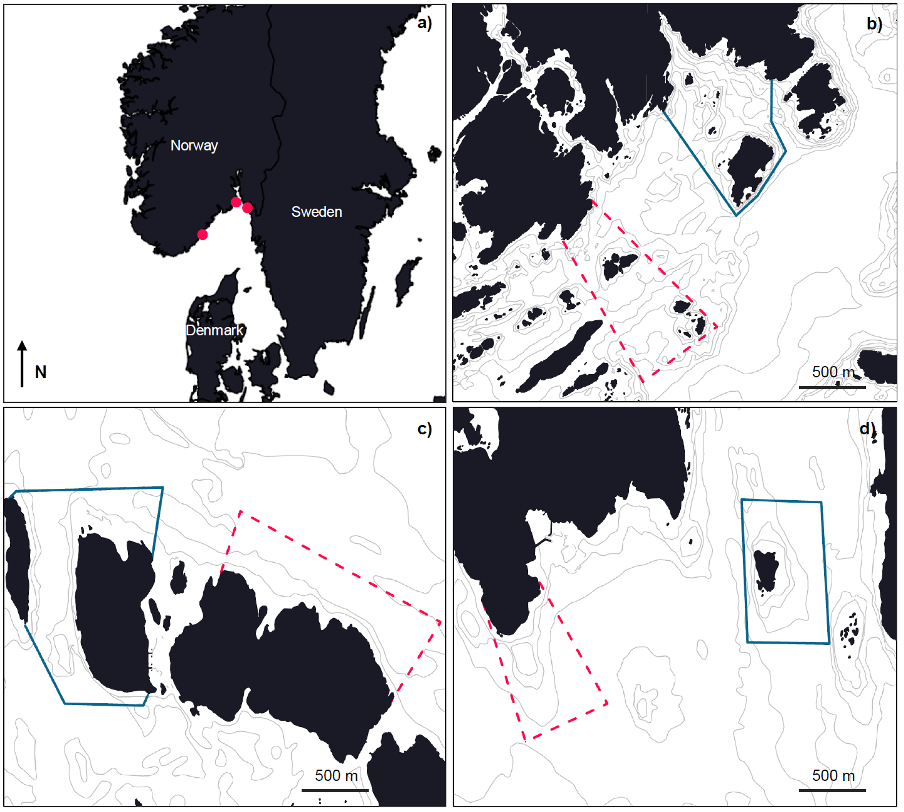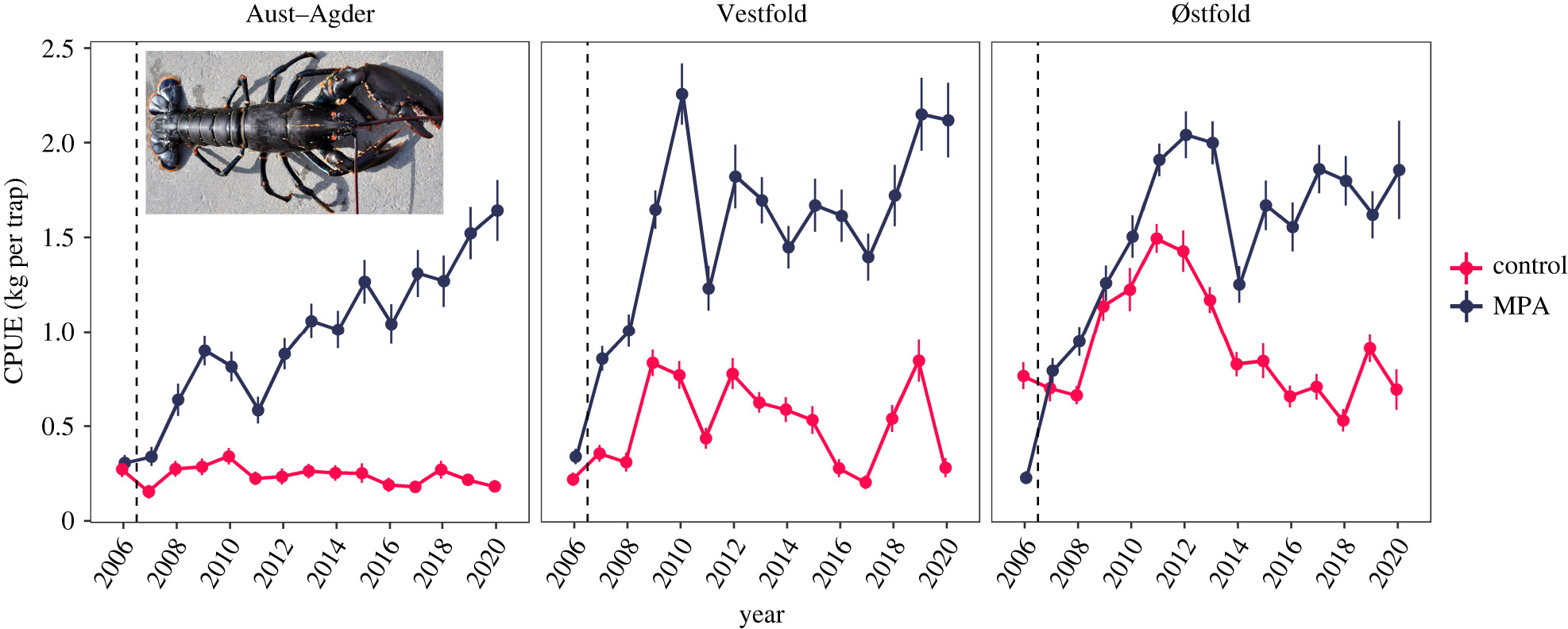|

Photographer: Erling Svensen / HI
Havforskningsinstituttet research: Lobsters in reserves grow faster
 NORWAY
NORWAY
Tuesday, November 29, 2022, 07:00 (GMT + 9)
In the past, it was thought to be the opposite: that more food means lower growth.
But now it turns out that female lobsters in three investigated lobster reserves both change more often and grow more per shell change than lobsters outside.
- It's probably because they hum as a mass and grow fast, they are also the ones with the highest risk of entering a pond. In areas with fishing, you are then left with the lobsters which are more cautious and grow late, says marine researcher Kim Tallaksen Halvorsen.
The study on which he is co-author has been published in the highly regarded Proceedings of the Royal Society, and has also been mentioned in The Economist and the Nature column Research highlights .
Did the study three times found the same thing
The researchers from HI and UiA compared lobsters from three different reserves with lobsters outside the reserve. A total of 2303 lobsters were caught, tagged and later recaptured.


The three areas in Aust-Agder, Vestfold and Østfold have all been lobster reserves since 2008. Lobster fishing is prohibited there.
- The fact that we have carried out three parallel studies and come to the same conclusion indicates that we can rule out local variation, says the researcher.
- In the reserve, 77 per cent of the lobsters of 25 cm will change their shells next year, compared to 66 per cent in the fishing area.
- Ho lobsters from the reserve become on average 9 percent larger with each shell change.
The big difference in growth applies primarily to the hoes. For the males, the effect is far less.
- Previously, we have shown that male lobsters in reserves have larger claws in relation to body length. We therefore have a theory that the difference in growth would also hold for male lobsters if we had looked at weight instead of length, says Halvorsen.

The development in mean CPUE of all European lobster caught in the annual research trap survey in lobster reserves and fished areas of (a) Aust–Agder, (b) Vestfold and (c) Østfold between 2006 and 2020 (modified from Knutsen et al. [42]). Establishment of the protected areas from August of 2006 is indicated by vertical dashed line. The error bars depict s.e. around the mean. For weight–length relationship, see model in electronic supplementary material, figure S3. (Online version in colour.) | Click image to enlarge (Royal Society)
No difference in lobsters below minimum size
Lobster reserves have proven to be very effective in rebuilding the lobster population locally. Halvorsen believes that the fact that the "turbo lobsters" are protected helps to explain why.
- We did not find the same difference for protected lobsters below the minimum size of 25 centimetres. These are clear signs that a selection is taking place through the fishery, says Halvorsen.
- Bold and hungry lobsters are fished out of the stock, he concludes.
Reserve plus maximum goal is probably an unexpectedly good combination
One idea behind lobster reserves is that they can also supply the surrounding area with more lobsters. It is because some of the individuals have to "move out" whenever it gets crowded.
The researchers believe that the introduction of a maximum size of 32 cm in Skagerrak is good news for the fast-growing lobsters.
- If they only grow big enough inside the reserve, they can walk out without fearing the young. Then they can make good use of themselves as large and good breeding animals, says Halvorsen.
- It's just a shame they don't know the regulations, he jokes.
, Tonje Knutsen Sørdalen (UiA) and Kim Halvorsen (HI) are behind the new study_ (Photo Tor Birkeland HI).png)
Esben Moland Olsen (HI), Tonje Knutsen Sørdalen (UiA) and Kim Halvorsen (HI) are behind the new study. (Photo: Tor Birkeland / HI)
Author: Erlend Astad Lorentzen / Havforskningsinstituttet - Marine Research Institute (translated from original in norwegian0
editorial@seafood.media
www.seafood.media
|



